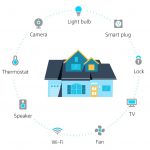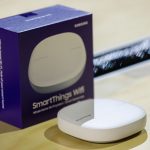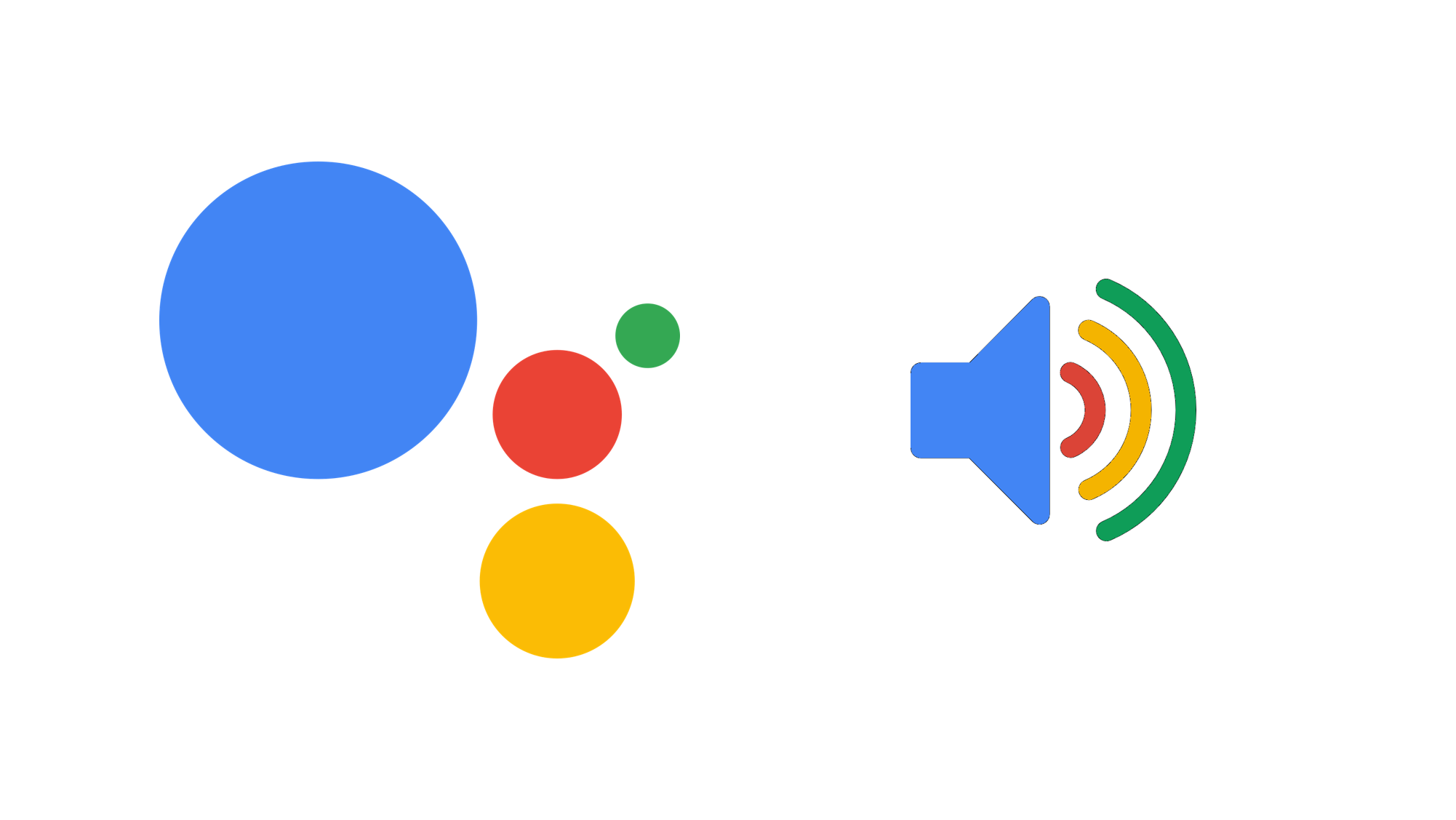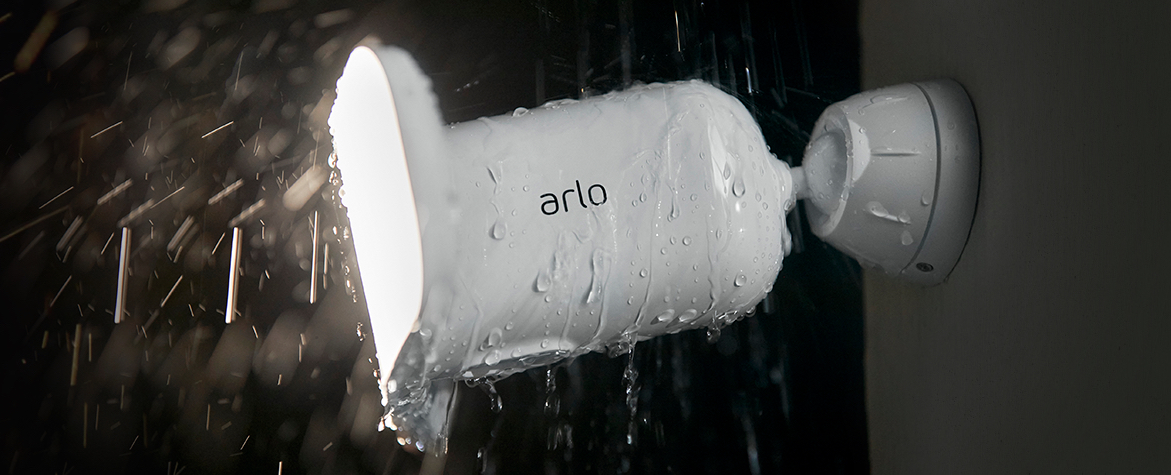Ask a physicist what Matter is and you’ll get a long-winded answer about life, the universe and everything. But in the tech world, that answer has changed and – in the context of smart homes – it really matters. Whether you’re ready or not, Matter is coming and it will change the face of smart home tech. We thought it was about time to take a closer look at what Matter is and why it matters.
What is Matter?
If you’re starting or already have smart home equipment, then you’ll know the struggle. Some of the gear you want simply won’t work with certain infrastructure. A simple and current example of this is Ring doorbells and cameras working with Amazon Echo speakers and screens. Now, that’s not surprising since Amazon owns Ring, but it’s really annoying if you’ve got an existing setup that’s not compatible.
Matter is set to be the standard in smart home technology, solving a lot of current and potential issues for consumers along the way. Personally, I believe it … since the biggest players – Amazon, Apple, Google, Samsung and Zigbee – as well as dozens of others, are a part of the development pathway and have committed to compliance moving forward.
Members of the Alliance have taken an open-source approach to the development and implementation of this new, unified connectivity protocol. We use best-in-class contributions from market-tested smart home technologies, such as those from Amazon, Apple, Google, the Connectivity Standards Alliance, and others. By leveraging these technologies’ contributions, we are able to accelerate the development of the protocol and deliver benefits to manufacturers and consumers faster.
Matter isn’t a physical connection standard in the same way that Wi-Fi or Bluetooth is, it’s an application layer and – at the time of writing – will run on the IP layer and will connect devices via Wi-Fi, Thread, Ethernet or Bluetooth Low Energy (connection of devices only).
For those unfamiliar: Thread is a communication protocol used by low energy devices in a mesh network setup like locks, light switches and sensors ie. devices that don’t need to be actively connected all the time. This is in contrast to devices such as security cameras that send notifications to devices and stream high bandwidth video at a moments notice.
Matter doesn’t require cloud communication
By design, Matter certified hardware will communicate locally for control of the device and provide functionality. This doesn’t mean it can’t or won’t happen for cloud services we’re used to eg. Arlo or Ring, though.
Something that really highlighted the importance of Matter moving forward to me was CES 2022. While many of them weren’t necessarily something published at Ausdroid, the overwhelming majority of press releases for IoT and Smart Home with a direct commitment to supporting Matter when either their hardware is released, or when Matter officially rolls out in mid-2022.
What does it mean for existing and future smart home setups?
Let’s start with the obvious: you no longer have to make sure that the new hardware you’re buying has compatibility with your existing setup whether it be Google Assistant, Alexa, Apple Home Kit, Zigbee or Samsung Smart Things.
You can also be sure that it will work since it’s a set standard and to get certification the device meets all of the required standards.
While generally there aren’t significant issues with this — as discussed in the Alexa vs Assistant Smart Home shootout — there are currently different barriers to entry for the varied systems.
If you see the Matter logo on a box, you know it will just work with anything else that supports Matter.
This is the simplification of smart homes we’ve needed for years.
It also has the potential flow-on effect of reducing overhead for manufacturing since there won’t be a need for certification with Apple’s Home Kit, Google Assistant and Amazon Alexa. Each of these takes development time, costing money and increasing the costs of product development. In my eyes, this is a brilliant outcome for consumers because manufacturers need to continue to be smart, innovative and keep their gear “fresh” simply because their lock-in won’t keep customers on their platform any longer.
If you’re concerned about whether your existing hardware will be Matter compatible, the odds are — with known brands — that they can be updated through a firmware/software update. Particularly in devices with a control bridge or hub, there is a much higher level of control and upgradability for the hardware which extends the life of the device.
Are the big players upgrading?
Google has committed to upgrading Nest displays and speakers to work with Matter also confirming the newest devices (supporting Thread) will become Matter hubs. There is no official word as to whether older Google Home hardware will be upgraded, so don’t count on it as yet. On a similar note, Apple has confirmed that iOS 15 will support Matter, so the existing Home app on iOS can become your control centre for Matter devices.
Amazon has taken a slightly larger step, not only announcing their own updates but including developer tools to provide a pathway into supporting Matter via the Thread protocol. Finally, not to be outdone Samsung has confirmed that the SmartThings platform (including the new hubs) will be upgraded to support Matter.
If your existing hardware doesn’t get the upgrade, don’t worry though because they’ll continue to work. In the short term at least, there’s no reason for them to stop working because apps are already in place, the connectivity is there and they’re working just fine. Longer-term, perhaps they won’t get updates that they previously would have but that’s a discussion for a later day.
When it comes to new systems, the biggest change is that there is a massive growth of choice. As we mentioned earlier, the biggest players are committed to compliance, so for now, it may be worth waiting a few more months just to see how it all plays out.
The fragmentation of “Works with Home Kit”, “Works with Google Assistant” and “Works with Alexa” will continue in the long term and we’ll just see “Work with Matter”. That’s the point of Matter though, a single system to reduce and remove fragmentation.
What should I buy now?
To make sure your purchases in the short and medium-term aren’t lost in the transition, the best recommendation would be to check if the manufacturer has committed to supporting Matter. If it has, then go for it but if they haven’t committed you may want to think carefully before spending the money.
NB. As earlier mentioned, it’s not a guarantee of compliance but with the big names being committed to the future pathway, it’s a good likelihood that new purchases will become compliant in the near future.
There are the — already mentioned — points about consumers winning. The increased access to hardware previously unavailable in your home system such as Ring on a Google Assistant based system. So while it’s still theoretical, the fact there are over 200 companies that are already signed up as participants there are good odds your preferred smart home gear will be supported.
Make no mistake the transition to Matter has a few hurdles coming, but the end result will be amazing. Whether it will resolve issues faced by users in their Smart Homes is yet to be seen. What is clear is that it’s a huge opportunity for manufacturers and a massive win for users. You don’t need to do anything in the short term, just know it’s coming and it’s a good thing for us as consumers.
How will Matter make a difference to your Smart Home setup?









